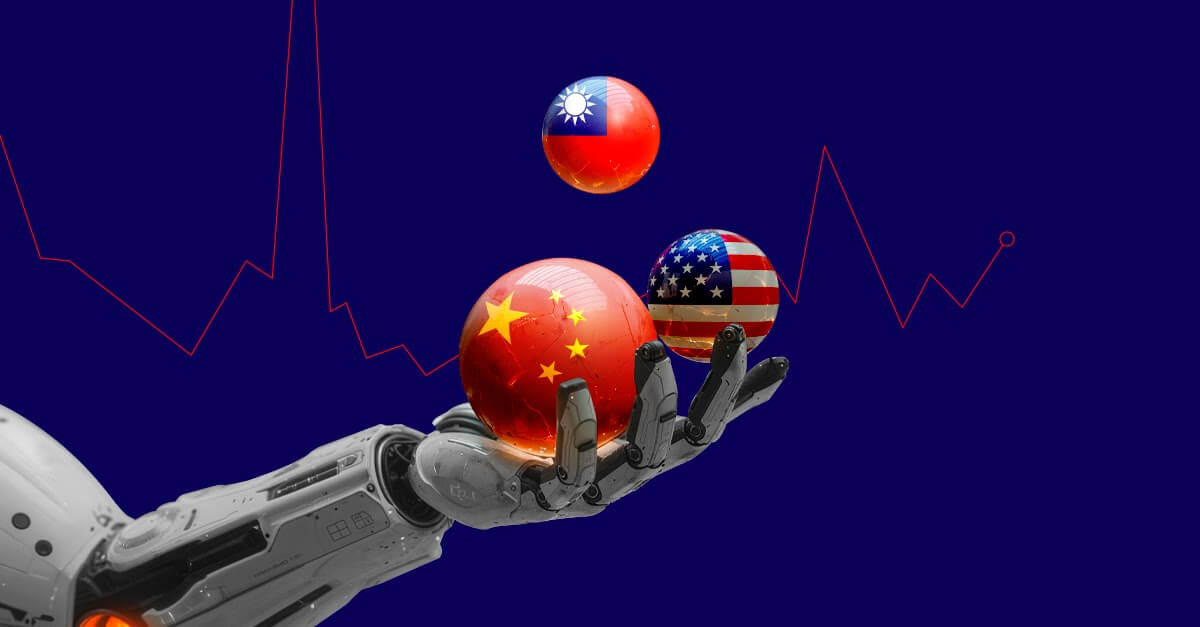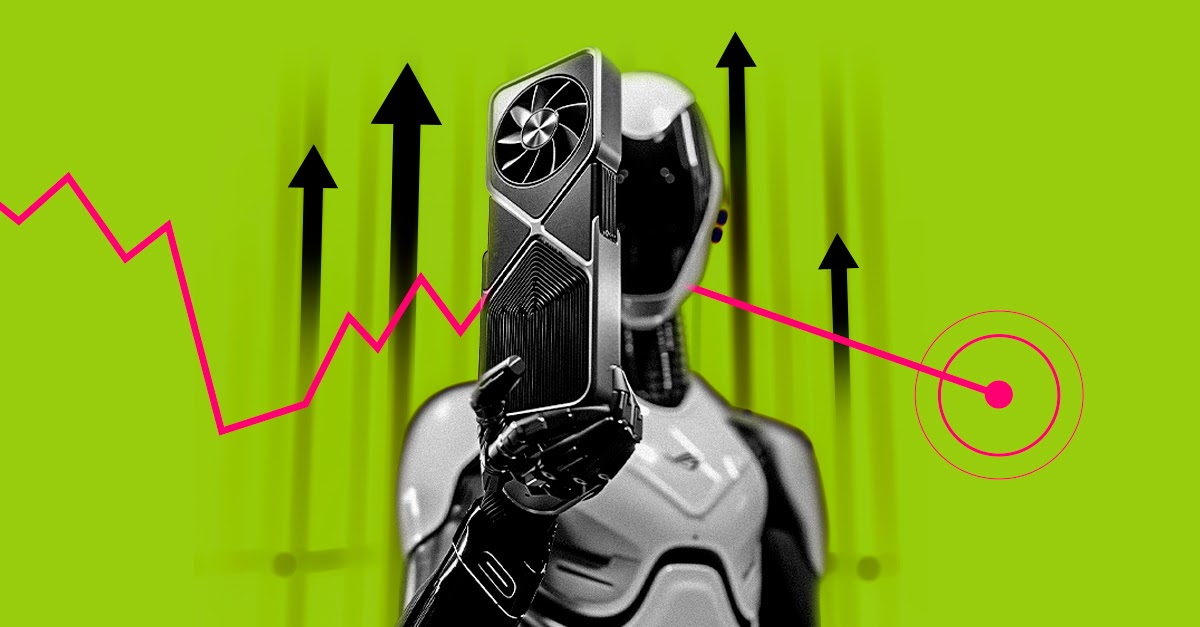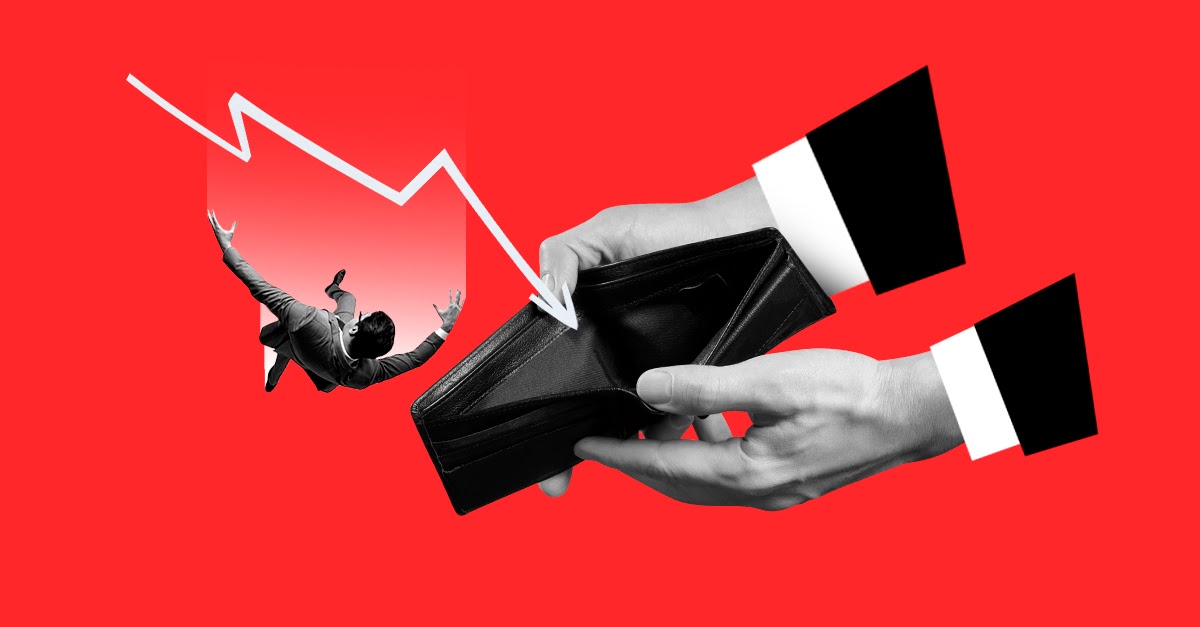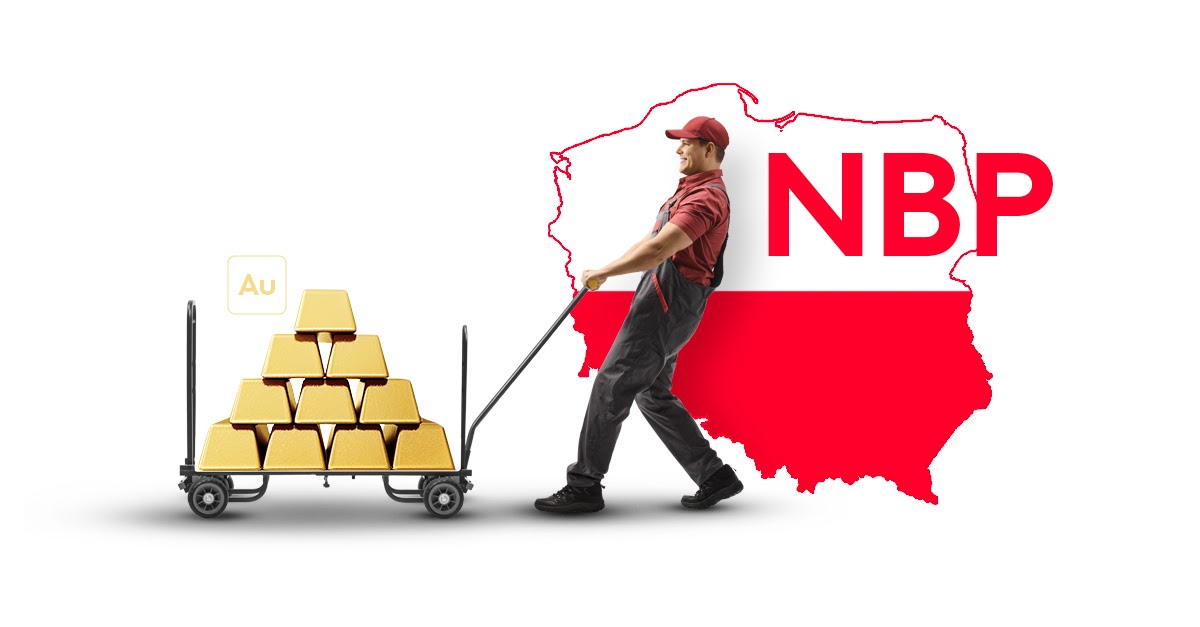Why are wages higher in Germany than in Poland? What makes the United States the cradle of the world's richest people? By what means are India and China building their economic power? Many answers to these questions can be obtained by accurately interpreting the CAR indicators.
Comparative advantage is often misjudged by many market observers. It is most often assessed in terms of the number of factories. Although factories increase production and reduce unemployment, their impact on wages is limited, especially for the production of basic goods such as meat or raw materials. For wages to be higher, it is necessary to have comparative advantages in high-margin sectors. Products must be non-substitutable and attractive to consumers, even at higher prices than competitors. An example is luxury goods, which are sold at high margins despite low production costs. Let us therefore look at how to measure and how individual comparative advantages affect earnings and quality of life in a country.
Table of contents:
- Revealed Comparative Advantage (RCA)
- Why do you earn good money in Germany?
- Is the strength of the Polish economy strong diversification?
- US with surprisingly low competitiveness
- India's emerging power based on cheap labour
- China stands on industry
- To measure comparative advantage, the Revealed Comparative Advantage (RCA) index is used, which assesses a country's competitiveness in the production of a specific good or service against other countries by measuring its share of global exports of the good in question.
- The German economy is based on advanced industrial technologies, such as the production of automobiles and medical equipment. It is least competitive in low-value-added products such as raw materials and foodstuffs.
- Poland avoids the problems associated with the high concentration of the economy on selected sectors, achieving comparative advantage in many categories, especially in raw materials, food products and industrial goods. However, low value added in these sectors explains why wages in Poland remain lower than in Germany.
- The US economy performs poorly in terms of export competitiveness as a result of its greater reliance on domestic demand. Although the US has a comparative advantage in a small number of product categories, it is the world leader in financial services, which contributes to the functioning of many billionaires.
- India's economy is characterised by significant competitiveness due to comparative advantage in many products. Exports consist mainly of food, raw materials and processed goods, which are largely based on low labour costs.
- China has a comparative advantage in many product categories, which is similar to the situation in Poland. Although they still base their economy on low-cost products, more advanced and processed products are increasingly appearing in their exports.
Revealed Comparative Advantage (RCA)
The Revealed Comparative Advantage (RCA) index is used in economics and international trade to assess a country's competitiveness in producing a particular good or service compared to other countries. RCA measures whether a country has a comparative advantage in a particular area, meaning that its products or services are more competitive in the international market.
The interpretation of the indicator is simple: if the CAR is greater than 1, it means that the country has a comparative advantage in a particular sector. In other words, the country's share of global exports of a particular good is greater than its share of the country's total exports. An index of less than 1 suggests that the country has a smaller share of exports of the good in question compared to the global average. For example, an CAR of 2 indicates a high comparative advantage, indicating that a country has a significantly larger share of global production of that good than in other sectors.
Why do you earn good money in Germany?
The German economy has long been based on high-tech industries, such as the production of cars and other vehicles, which require some of the most advanced industrial processes in the world. As a result, Germany achieves a competitive advantage (CAR > 1) in 40 per cent of product categories. However, this economy bases its advantage on a relatively narrow group of sectors, mainly industrial, as only 8 per cent of categories have an RCA > 2. The most competitive products include tractors, aircraft and spacecraft, motor vehicles, medical apparatus and internal combustion engines. Each of these categories requires advanced know-how, highly qualified specialists and significant capital investment. In contrast, the least competitive German products (with the lowest CAR) are low-value-added goods such as food products (meat, fruit, vegetables) and raw materials (nickel, natural gas, aluminium, gold), which are mainly used for industrial production and processing into more advanced products.

Source: UNCTADstat
Is the strength of the Polish economy strong diversification?
Although the high concentration of the economy on selected sectors brings with it many problems, particularly related to vulnerability to external factors (such as rising energy prices or broken supply chains), Poland seems to avoid similar difficulties. As many as 49 per cent of product categories achieve a comparative advantage in Poland, many of which are significant (CAR > 2). But why do wages in Poland still remain lower than in Germany? The answer lies in the structure of these comparative advantages. Poland dominates in categories such as raw materials (coke, coal), food and agricultural products (fish, meat, offal, eggs, cereals, chocolate), manufactured goods (railway rails, steel structures, paper, ammunition, machine and car parts), and household goods (cutlery, electrical appliances, furniture, toiletries). In most of these sectors, value added is relatively low, which explains why, despite Poland's low level of unemployment, wages remain below the European average. Nevertheless, this structure of the economy provides a solid basis for further development.

Source: UNCTADstat
US with surprisingly low competitiveness
On the basis of export competitiveness, the US economy performs surprisingly poorly, due to its greater reliance on domestic demand, fuelled by the availability of vast amounts of investment capital. The US shows a comparative advantage in only 31 per cent of product categories, with only 5 per cent of these having a significant advantage (CAR > 2). The most competitive US products include works of art, arms and ammunition, films, specialised medical devices, natural gas, and food and agricultural products (such as cereals and corn). One would expect much more from the world's largest economy in terms of exports. However, it is worth remembering that these figures do not include financial products and services, in which the US is the world leader. It is the US stock market that has helped many of the world's richest billionaires raise capital.

Source: UNCTADstat
India's emerging power based on cheap labour
The Indian economy, despite having a comparative advantage in 40 per cent of product types (like Germany), has as many as twice as many products for which the CAR exceeds 2. This means that this economy has many comparative advantages, which raises the question of what it bases its competitiveness on. Analysing the products that account for a significant share of India's global export trade are: food and agricultural commodities (rice, spices, tea, sugar, cattle), raw materials and inputs (lead, tobacco, building materials, silk and textiles) and processed products such as jewellery, motorbikes and medicines. In most of these, comparative advantage is achieved mainly through low labour costs rather than through high added value. However, we are beginning to see slow changes in the economy in this area too. India has been categorised by the International Monetary Fund as one of the fastest growing economies in the coming years, with a projected average annual GDP growth of 7 per cent.

Source: UNCTADstat
China stands on industry
Is China still basing its economy on cheap counterfeits exported around the world? In terms of comparative advantages, it resembles Poland's economy in numbers, as it has a comparative advantage in as many as 47 per cent of product categories, with 16 per cent having an RCA of more than 2. These include products such as materials (ceramics, textiles), clothing, toys, furniture and lighting, as well as more high-tech consumer electronics and household appliances (televisions, radios, sound players) and machinery and apparatus (automatic data processing machines, electrical apparatus, sanitary appliances). Although China still maintains much of its comparative advantage in exports through low-cost products, more advanced and processed products are also increasingly emerging.

Source: UNCTADstat
Grzegorz Dróżdż, CIIA, Market Analyst of Conotoxia Ltd. (Conotoxia investment service)
The above trade publication does not constitute an investment recommendation or information recommending or suggesting an investment strategy within the meaning of Regulation (EU) No. 596/2014 of April 16, 2014. It has been prepared for informational purposes and should not form the basis for investment decisions. Neither the author of the publication nor Conotoxia Ltd. shall be liable for investment decisions made on the basis of the information contained herein. Copying or reproducing this publication without written permission from Conotoxia Ltd. is prohibited. Past performance is not a reliable indicator of future results.
CFDs are complex instruments and come with a high risk of losing money rapidly due to leverage. 76.23% of retail investor accounts lose money when trading CFDs with this provider. You should consider whether you understand how CFDs work and whether you can afford to take the high risk of losing your money.







